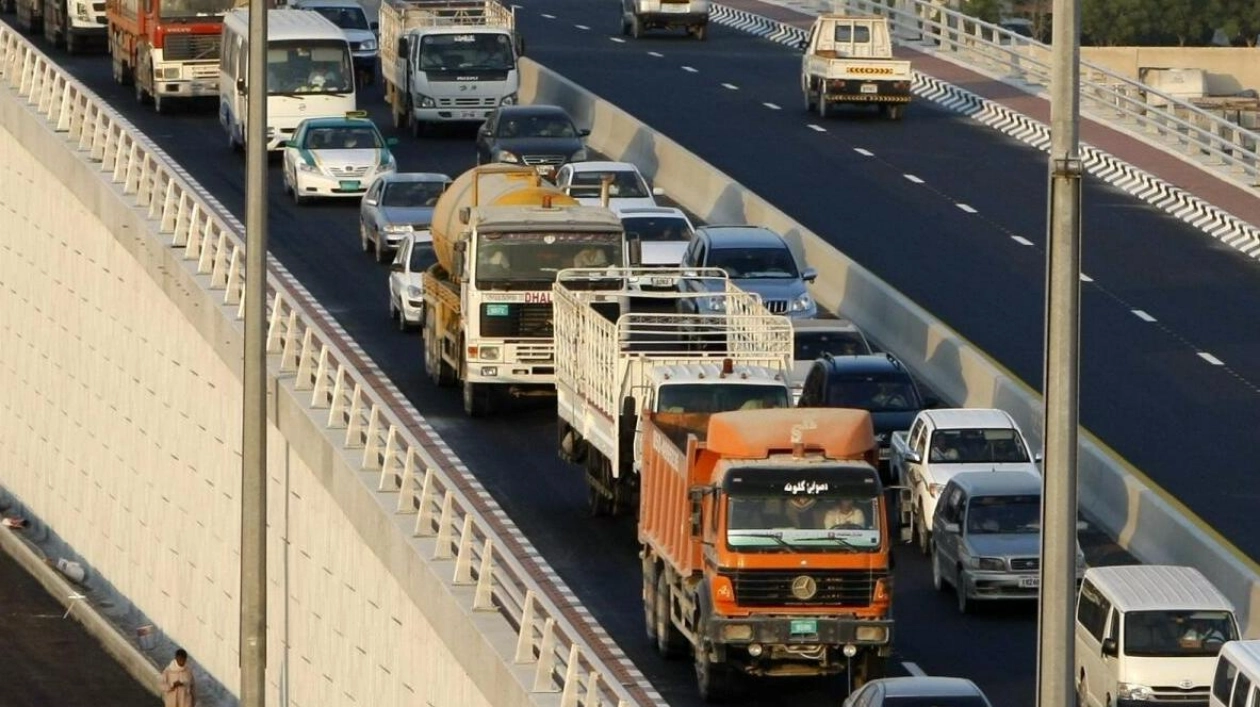In 2023, motorists throughout the UAE experienced heightened traffic congestion, with delays varying from 8 to 33 hours. The post-pandemic surge in population and traffic levels in the country has been a significant factor, as indicated by the latest data from Inrix. Traffic jams were the primary cause of this increased lost time in 2023 compared to the previous year. Notably, drivers in Dubai faced 33 hours lost in traffic jams last year, up from 22 hours the year before, coinciding with a population increase of nearly 100,000 in 2023.
“Traffic has certainly risen in 2023-2024. It previously took an hour to travel from Sharjah to Sheikh Zayed Road in the morning and two hours to return in the evening. Now, it takes about an hour and a half in the morning and over two hours on the way back,” remarked Anum Noor, a long-standing UAE resident who commutes daily between the two emirates for work.
Traffic within Dubai and Sharjah has also seen an uptick. Waqas Saghar, who delivers goods across various locations in these emirates daily, commented, “I barely manage to finish my work within the allotted time due to the increased traffic.”
Data from Dubai toll operator Salik reflects this trend, with the number of registered vehicles rising from 3.7 million at the end of 2022 to 4.0 million by the end of 2023. In Abu Dhabi, motorists lost 20 hours due to traffic delays and congestion, while in Umm Al Quwain, vehicle owners lost 15 hours, 9 hours in Al Ain, and 8 hours in Fujairah. The population of Abu Dhabi also grew rapidly, surpassing Dubai in 2024 to reach nearly 3.8 million.
Following the Covid-19 pandemic, companies across all sectors in the UAE have been aggressively hiring, boosting the economy and leading to a rise in population and traffic. To combat traffic congestion, the UAE is planning to launch an air taxi transport system next year, which will also cut travel time between Dubai and Abu Dhabi to just 30 minutes, and reduce travel time within the emirates for commuters.
The study analyzed 947 urban areas worldwide, calculating commute times by focusing on the time taken to travel to and from major employment centers within an urban area from surrounding commuting neighborhoods. Globally, New York topped the list of the most congested areas in the 2023 Inrix Global Traffic Scorecard, with drivers losing 101 hours to traffic jams in 2023, down from 105 hours in 2022. This cost the urban area over $9.1 billion in lost time. New York was followed by Mexico City, London, Paris, and Chicago. London fell from 2nd to 3rd position, Paris from 3rd to 4th, and Mexico City rose from 4th to 2nd.
Traffic congestion worldwide continued to increase in 2023. Among the 947 urban areas analyzed, delays increased by 78%, decreased by 19%, and remained unchanged by 3%.






